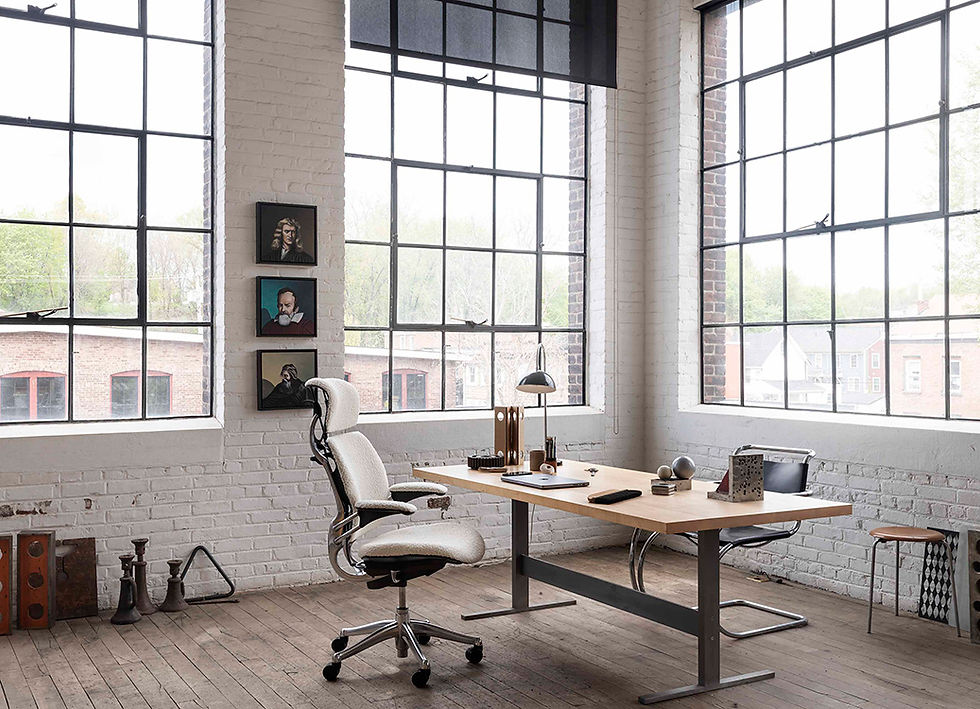Stay up to date on important healthcare design trends
- Mason's a CWC Company

- Mar 11, 2014
- 2 min read

Designing for healthcare
We are starting a series of articles on designing for healthcare. They will examine designing for patients, their families, medical staff, doctors, and healthcare administrators.
Design will increasingly address patient and employee satisfaction as well as community relations. Focusing on ethnography will lead to more effective healthcare designs. You must know your end users to design for them.
Branding will play more of a role in healthcare design as institutions look to differentiate themselves from their competitors. Patients are now rating doctors online and these ratings affect the bottom line. Optimal design can affect the impressions of patients. Healthcare facilities will start to share things in common with hotels and spas. The patient experience will become paramount. Emotion is important and design can influence and respond to patient and staff emotions.
With medical records going digital the integration of technology into design will be critical. Smart healthcare facilities are what everyone is aiming for.
Existing articles
Here are existing articles on our site that relate to healthcare design.
LEED for healthcare
“Research has shown that when we are treated and heal in a green healthcare facility one that has a healthy indoor environmental quality and connects us to the outdoors we heal faster, have shorter hospital stays and fewer return visits,” said Scot Horst, Senior Vice President of LEED, USGBC.
New Ergonomics Research: Risks and Solutions
“As computing devices proliferate, organizations are simultaneously reducing the traditional planning footprint and offering a greater diversity of spaces for individual and group work—all while providing a safe and ergonomic working environment.”
Ergonomics for healthcare solutions
“…the development and provision of healthcare environments has lead to evidence-based design. Research cited in this white paper speaks to the value of applying ergonomics to the design of healthcare work environments.”
Effective patient unit design can improve a variety of outcomes
This report looks at “the impact of medical-surgical inpatient unit design on quality of patient-centered care.”
Products
Here are examples of great healthcare products featured on the site. Ones that can help your facility be what it should be.
Artwork
Behavioral Healthcare Art Frames and the Art of Healing impact the experience of patients in your facility.
Signage
Healthcare Signage is critically important to your facility.
Exam rooms
Exam Room Furniture, Wall-Mounted Stations and Hands Free Doctor Stools that fight germs all work together for the perfect exam room. Mobile Workstations move between rooms. Some stations even come with a seat.
Patient rooms
Products for the patient room include Healthcare Cabinetry and Casegoods some of which is very nice indeed. Patient Seating, Rockers and Gliders, Sleeper Sofas, Modular Wall Units and Privacy Curtains make or break the patient room.
Waiting areas
Waiting Room Seating and even Mental Health Seating are specialized for healthcare.
Silver Ion anti-microbial finishes are available in wood seating from most healthcare manufacturers.
Healthcare Upholstery is important. They must be germ resistant and cleanable.
Speaking of fighting germs, Sanitizer Stations can help keep germs from entering your facility in the first place.
These are the types of products that can make a difference in your healthcare facility and impact your patients and staff’s experience within it. The proper healthcare design integrates them in an intelligent manner.




Comments